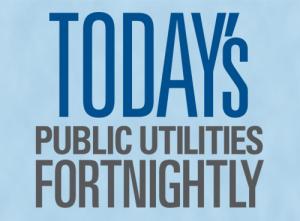PUF CPI Gap, Through December

In the South, the Consumer Price Index increased 1.5 percent over the last twelve months through December. As did electric rates in the South on average. So, the PUF CPI Gap, which is equal to the percentage increase in the CPI less the percentage increase in electric rates was a big fat zero.
The larger the PUF CPI Gap the better. Large values show that electric rate increases are not keeping up with inflation, a good thing for consumers.
The PUF CPI Gap was largest for consumers in the Midwest. There, the CPI increased 1.3 percent, but average electric rates decreased 0.9 percent. Subtract one from the other and you get a PUF CPI Gap of 2.2 percent. Nice.
The PUF CPI Gap was pretty good too for consumers in the Northeast and West. It was 1.0 percent in the Northeast and 0.8 percent in the West.
Readers of this column may recall that the PUF CPI Gap has been even larger in the recent past. True. Because of natural gas price trends and perhaps other factors, while electric rates are generally not keeping up with inflation, the gap between the two is not as broad as it has been over the last two years.

